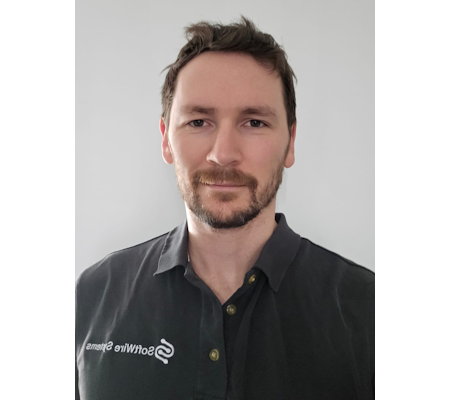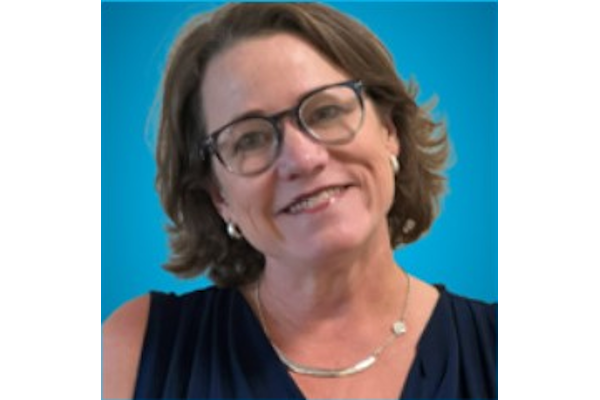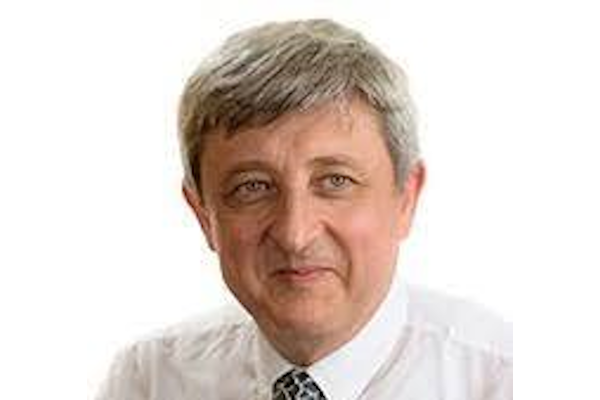Refactoring the VI without Breaking the China Cabinet
Fabiola de la Cueva – DQMH Consortium
In this presentation, we will explore the challenges and solutions involved in refactoring “The VI” — a comprehensive application encapsulated in a single VI, often resulting in a seemingly endless diagram.
We’ll delve into techniques for identifying the “meatballs” within the “spaghetti” code and transforming smaller code segments into modular, easily testable, and reusable components. Additionally, we’ll discuss strategies for adding new features to such applications without the fear of causing widespread issues — much like trying to rearrange items in a fragile China cabinet without breaking anything.
While DQMH is now my preferred framework, my initial experiences with refactoring “The VI” predated its creation. In fact, these early experiences significantly influenced the design of DQMH.
Attendees will leave with practical insights that can be applied to their daily work. We’ll examine common pitfalls in these types of applications and how to maximize the benefits of your efforts. Importantly, we’ll acknowledge that starting from scratch is rarely an option — these applications have typically evolved because, for the most part, they work, even though they often harbor hidden bugs, lack efficiency, and can be very fragile.


Round 1: AF Vs DQMH
Karina Taylor – Enviseng
Chris Virgona
When embarking on a new project, how do you decide on a Framework to use when you’re not necessarily experienced or even aware of all the available options?
In the ring, we have Karina Taylor in the blue corner for DQMH and Chris Virgona in the red corner for AF. Both are experienced with one option and completely new to the other, so it’s a great opportunity to listen in to their discussions and learnings on the advantages and caveats of two commonly used advanced architectures in LabVIEW.
Will there be a knockout?
Modifying TestStand Process Models with LabVIEW to Standardise Test Stations
Pete Woodward – SoftWire Systems
When something needs to happen on all stations for all tests then a modification to the process model used is often the best way to do it. It’s also a great place to add callbacks for common areas of code to override behaviour based on sequence-specific needs, such as unique DUT calibration procedures and serial number entry.
This talk will cover modifications to the process models of TestStand and demonstrate adding callbacks to sequences using the model to help standardise and customise TestStand.


How LabVIEW Helped Swimmers Win Gold in Paris
Neil Baker – Medulla
A showcase on building a cloud based LabVIEW application interacting with numerous layers of an AWS architecture. The application uses raw data uploaded from the eo SwimBETTER handsets and analyses stroke trajectory and power generation to help swimmers identify and eliminate areas of inefficiency and power loss in their strokes. Large datasets are processed within seconds of being uploaded and made available to the swimming on an Android or iOS app, or through desktop browser.
At the Paris Olympic games, both the Gold and Silver medalists in the men’s 100m freestyle, and the Bronze medalist in the women’s 800m freestyle have credited these unique insights as having a significant contribution to their training and preparation for the games.
This talk will describe how how the application, running on a virtual PC (Lightsail) instance interacts with different AWS layers to create a near-real time experience for the end user. We’ll also describe how this structure can quite easily apply to other cloud-based data processing solutions.
Workers for LabVIEW: Building Modular, Scalable and Asynchronous Applications
Peter Scarfe – Scarfe Controls
Workers for LabVIEW is a scripted framework designed to bridge the gap between simplicity and advanced development in LabVIEW.
In this presentation, you will learn the core principles and features of the framework, including:
- The concept of a Worker as a modular, independent QMH-based process.
- How Workers are combined to form a hierarchy of asynchronous processes.
- Using Local and Public APIs to enable clean, decoupled communication between Workers.
- Understanding Worker API abstractions and leveraging them to create Hardware Abstraction Layers (HALs).
- A walk-through of the framework’s scripting tools to accelerate development and boost productivity.
- How the Workers Debug Server enables real-time debugging over a local network.
Whether you’re new to LabVIEW, an experienced developer, or someone seeking an easy-to-use LVOOP framework, this presentation will provide actionable insights to help you get started with the Workers for LabVIEW framework.


Teaching LabVIEW at NO Cost – The CTI
Nancy Henson – LHP
Steve Watts, the father of GDevCon (with a little help from his friends), delivers again! With the assistance of Derrick Bommarito and many others, the LabVIEW Community Training Initiative is about to take off (pun intended, as DBomm works for SpaceX). You can now teach LabVIEW anywhere in the world for 0$, and if you want hardware, it will set you back less than $20. And some of you just want better DIY hardware and protocols for your fun projects. Join us for this interactive session (Fab will join in) in which we’ll have a quick overview and then dive into the training documents, existing exercises, hardware, software drivers, supported protocols, and super-easy download. Whether you teach others at university or are interested in contributing to course content, demos, firmware, or platforms, we hope to answer all or most of your questions. (And if you saw the March “This Month in LabVIEW TMiLV” that focused on the CTI, this will be much less chaotic and catered to your questions and interests.)
Beyond the State Machine
Tim Streeter – SoftWire Systems
This presentation introduces the Behavior Tree for LabVIEW framework, a powerful alternative to traditional state machines for managing complex process logic. Aimed at experienced LabVIEW developers familiar with object-oriented programming (OOP), this session will cover the fundamentals of behavior trees and explore their practical applications and benefits.


Non-Technical LabVIEW Development – Seeing the Wood for the Trees
Stephen Patterson – CPE Systems NZ
The LabVIEW environment is a very powerful tool, however, successful LabVIEW development is not all about the latest Software technologies and methodologies. It is also about understanding why the application is required, how it will be used, and the value it will add to the end user. This talk will discuss, from a non-technical perspective, improving the likelihood of successful LabVIEW development.
The talk will be be from a System Integrator perspective however is equally applicable to In-House development, and will include
- Really understanding the requirements
- De-coupling development from Domain expertise
- Understanding the right tools for the job
- Not re-inventing the wheel
- and other stuff
The Teaching of Manufacturing Engineering for the 21st Century Engineering Student
Paul Briozzo – Sydney University
The presentation focuses on how; LabView, conventional manufacturing engineering methods and CAD\CAM methods have been integrated into a coherent teaching methodology delivered to mechanical and mechatronic students enrolled at the University of Sydney’s School of Aerospace, Mechanical and Mechatronics. Four lenses are used (educational theory, autoethnography – teacher and peer reflections combined with student feedback) to describe current outcomes for future unit of study delivery paradigms.


DevOps & Git for LabVIEW Development
Anoop Nandakumar – CPE Systems NZ
DevOps and Git have been widely adopted by text-based software developers for several years. However, many LabVIEW developers still rely on SVN. At CPE Systems NZ, we have been transitioning from SVN to Git and DevOps over the past few months.
This presentation will focus on
- Benefits of DevOps & Git vs SVN
- Transitioning from SVN to Git (including commit and version history)
- Using DevOps tools for Software Development Management in a Team
- Using Git for LabVIEW Development and version control in a Team
- Diff and merge of code, enhanced by new features in LabVIEW 2025 Q1.
- Using DevOps to control and document reusable LabVIEW Code and maximize the value of Software Intellectual Property
The presentation will also include demos on the above topics, using Microsoft Azure DevOps as an example platform.
Practical Unit Testing in LabVIEW
Brett Percy – the Lonely Ant
Unit testing in LabVIEW poses some unique challenges. Some code is easy to unit test, but what do you do when your software depends on test instruments, data acquisition devices and other external hardware?
Most books and online tutorials don’t focus on this sort of code, but there are useful ideas about how to abstract databases and network connections that we can learn from
The LabVIEW community is lucky to have a range of unit testing tools to suit every taste, from NI’s Unit Testing Framework to JKI’s Caraya and Astemes’ LUnit
Come and learn how to put these tools to work – you don’t need to be a TDD purist to get value from unit testing

Lightning Talks
| John Wu – Extend Test | Legacy Test Systems: Maintain or Replace? |
| Mihai Costache | A suggested improvement to the Open GOOP Development Suite |
| Liam Granger – SoftWire Systems | Self Supporting Applications using Log Files |